at a global pharmaceutical company
The problem
A global pharmaceutical company with over 500 HR corporate investigations people across the globe prides itself on its transparent, ‘speak up’ culture.
Every year, they dig into thousands of concerns raised by staff around the world and they make their recommendations for the appropriate action to take in each case.
It’s a high-stakes role, and absolutely vital that each of these investigators are trained to the highest standards so they’re always meticulous and consistent in how they work.
Trouble was, flying trainers and participants around the world to get them all in the same room for 5 days of high-quality training was becoming a logistical nightmare. And besides, it just wasn’t stacking up environmentally, financially, or in the end, pandemic-ly either.
The brief
Is it possible to turn five days of high-quality face-to-face training into a blended-learning course and still keep investigations standards sky-high…
…in nine weeks?
Blended learning for investigators
at a global pharmaceutical company
The problem
A global pharmaceutical company with over 500 HR corporate investigations people across the globe prides itself on its transparent, ‘speak up’ culture. Every year, they dig into thousands of concerns raised by staff around the world and they make their recommendations for the appropriate action to take in each case.
It’s a high-stakes role, and absolutely vital that each of these investigators are trained to the highest standards so they’re always meticulous and consistent in how they work. Trouble was, flying trainers and participants around the world to get them all in the same room for 5 days of high-quality training was becoming a logistical nightmare. And besides, it just wasn’t stacking up environmentally, financially, or in the end, pandemic-ly either.
The brief
Is it possible to turn five days of high-quality face-to-face training into a blended-learning course and still keep investigations standards sky-high…
…in nine weeks?
Some materials and video clips we delivered
Creative concepts // E-learning // Scripts // Illustrations // Storyboards // Animations // Posters // Filming // Infographics // Podcasts // Factsheets
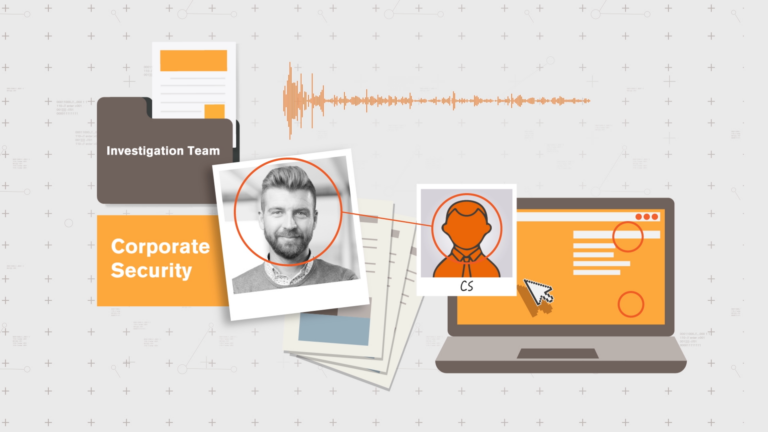
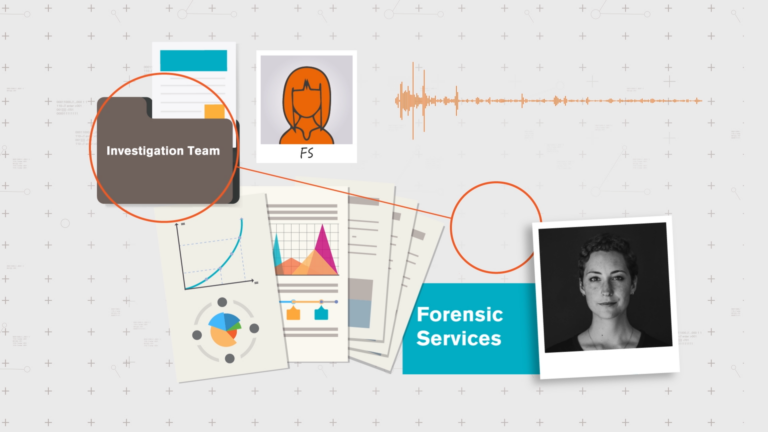
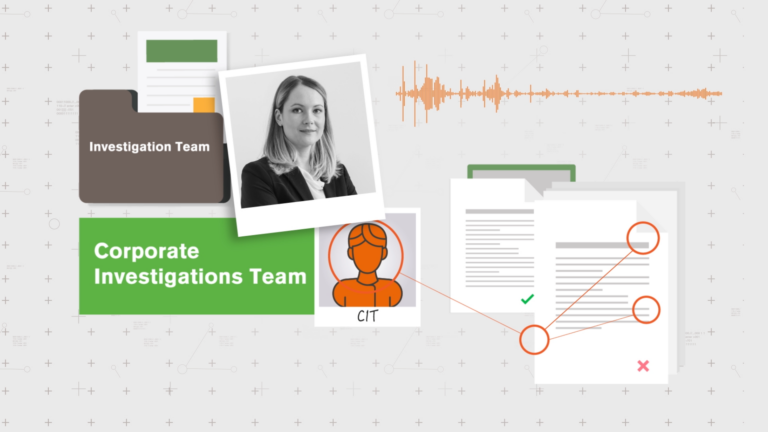
What we did
Our first job was to quickly get up to speed with investigators’ roles, the skills they’re trained to apply, and the myriad allegations they have to deal with every day. That meant a succession of workshops, interviews, hours slaving over dozens of hot PDFs, and regular calls twice a week to unpick the nuts and bolts of what we found until we were bona fide investigations experts.
When we emerged, it was time for action, and time to create. We knew the key with the training would be to spread the takeaways across different media, with different kinds of pacing, and as many interactive elements as we could possibly create. So, working within the company’s existing online learning platform, we helped to collate all the relevant information across a coherent, seven-module learner journey.
It took a Herculean effort, but between us we managed to deliver on time and on budget.
In all, it included:
- 7 modules with key learning outcomes defined for each
- 12 live-action videos showing all the different points of view of an interview scenario – with interactive screen elements
- 6 podcast episodes with senior experts sharing their advice and personal stories
- 4 animations explaining the investigations process and the company philosophy
- 6 downloadable, illustrated summaries, flowcharts and checklists
- An interactive investigations scenarios worksheet
- More than 12,000 words published across all 7 learning modules
- A roll out programme to launch and support the training over the long term.
- A strong overall visual identity for the project to tie it all together
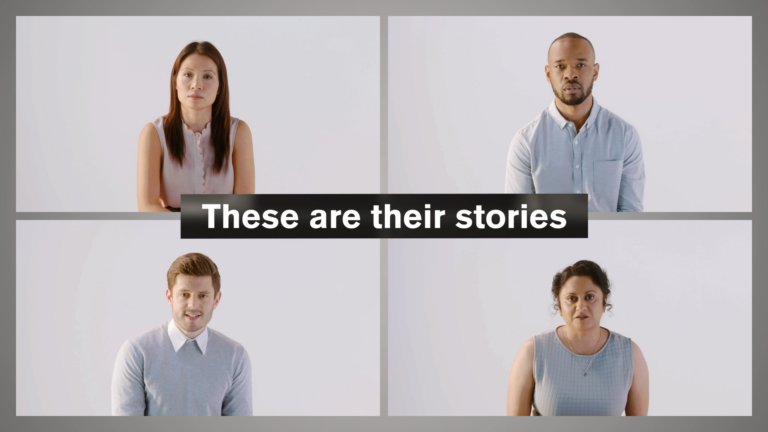

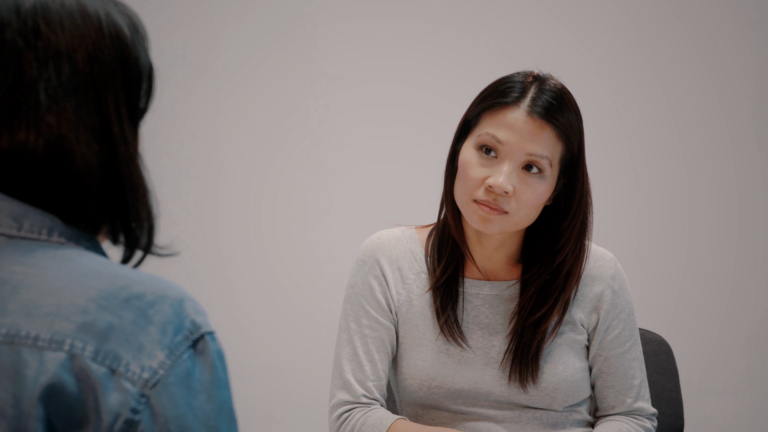

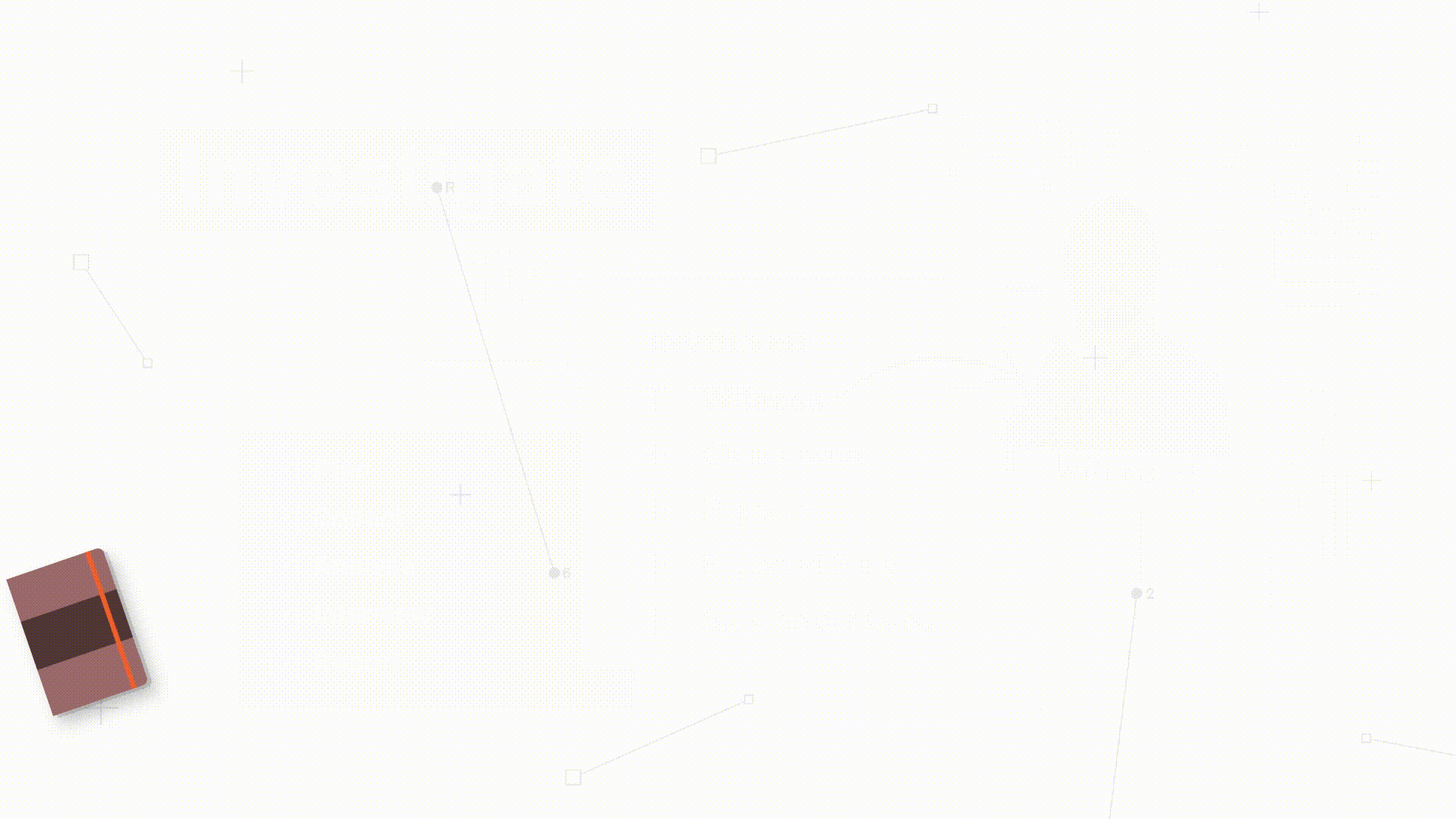
Why it worked
The Behavioural Science
Spacing Effects
We don’t learn new information in one fell swoop. If we did then you’d never have needed to revise for your exams back in school.
Instead we learn with repeated messages, delivered over multiple media, spread out over healthy periods of time. We need that ‘space’ between learning sessions to crystallise new ideas in our minds.
We took that principle seriously, and broke the course into a series of modules filled with exercises that people could dip into when, and only when, they were ready for more.
Chunking
How do you eat an elephant? One bite at a time.
We can only process so much information at once. The best way to make sure people genuinely learn great swathes of knowledge is to break it up into manageable, bitesize pieces.
That’s why we spread the training course across seven modules, and gave people the opportunity to rest between each of them so the skills they’d learned could be consolidated before they jumped into the next module.
Picture Superiority
Pictures are easier to understand and recall than words. That’s because we codify images in our minds in two ways: first as the visual we’re seeing, and second as the concept that the image represents.
See a picture of a dog, and your mind says ‘that’s a dog’, while at the same time memorising the image of the dog itself too.
That’s why it was so important that our learning materials included as many consistent visual elements as possible. It’s the best way to help people recall the skills they need to know when they have to use them in real-life situations later on.
Why it worked
The Behavioural Science
Spacing Effects
We don’t learn new information in one fell swoop. If we did then you’d never have needed to revise for your exams back in school.
Instead we learn with repeated messages, delivered over multiple media, spread out over healthy periods of time. We need that ‘space’ between learning sessions to crystallise new ideas in our minds.
We took that principle seriously, and broke the course into a series of modules filled with exercises that people could dip into when, and only when, they were ready for more.
Chunking
How do you eat an elephant? One bite at a time.
We can only process so much information at once. The best way to make sure people genuinely learn great swathes of knowledge is to break it up into manageable, bitesize pieces.
That’s why we spread the training course across seven modules, and gave people the opportunity to rest between each of them so the skills they’d learned could be consolidated before they jumped into the next module.
Picture Superiority
Pictures are easier to understand and recall than words. That’s because we codify images in our minds in two ways: first as the visual we’re seeing, and second as the concept that the image represents.
See a picture of a dog, and your mind says ‘that’s a dog’, while at the same time memorising the image of the dog itself too.
That’s why it was so important that our learning materials included as many consistent visual elements as possible. It’s the best way to help people recall the skills they need to know when they have to use them in real-life situations later on.
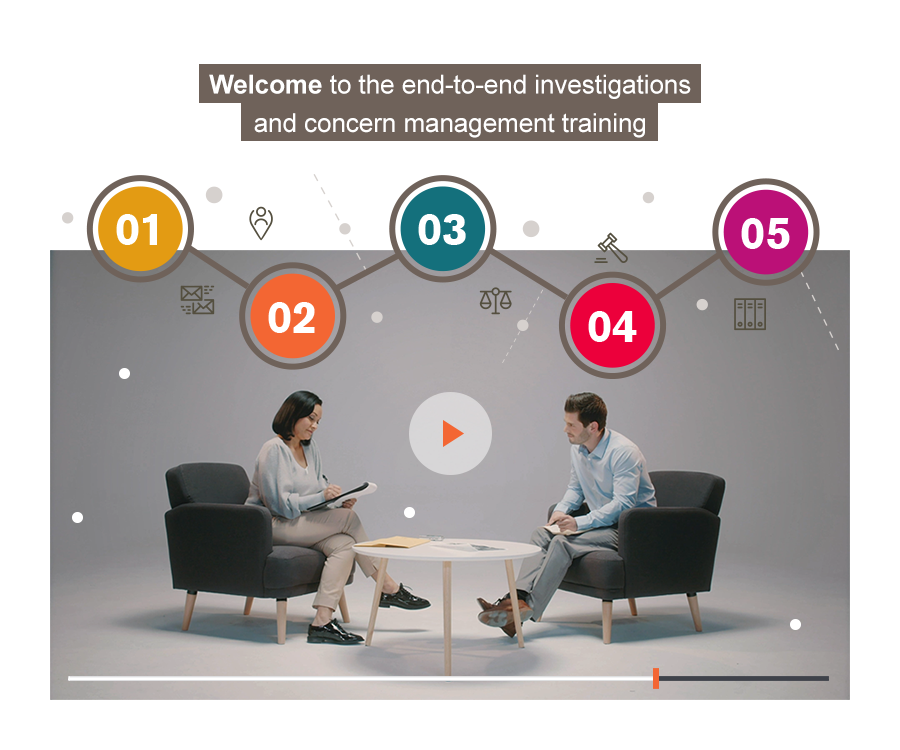
The outcome
The investigations training course has been such a time, cost and planet-saver that we went on to complete a second phase of the project to further finesse the user experience, as well as several other projects in different parts of the company, creating similar solutions for other teams. The feedback ever since has been brilliant.
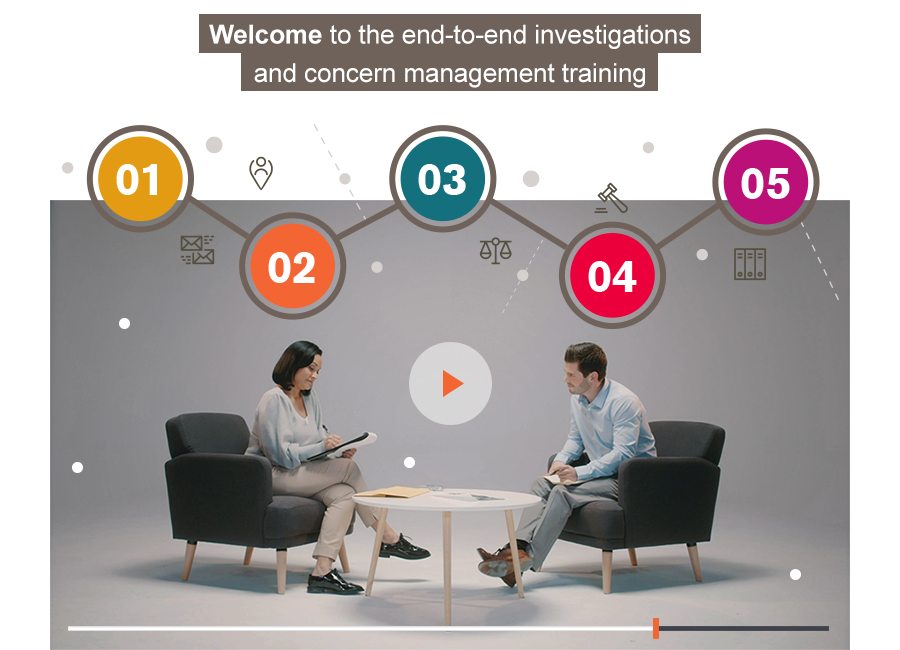
The outcome
The investigations training course has been such a time, cost and planet-saver that we went on to complete a second phase of the project to further finesse the user experience, as well as several other projects in different parts of the company, creating similar solutions for other teams. The feedback ever since has been brilliant.

